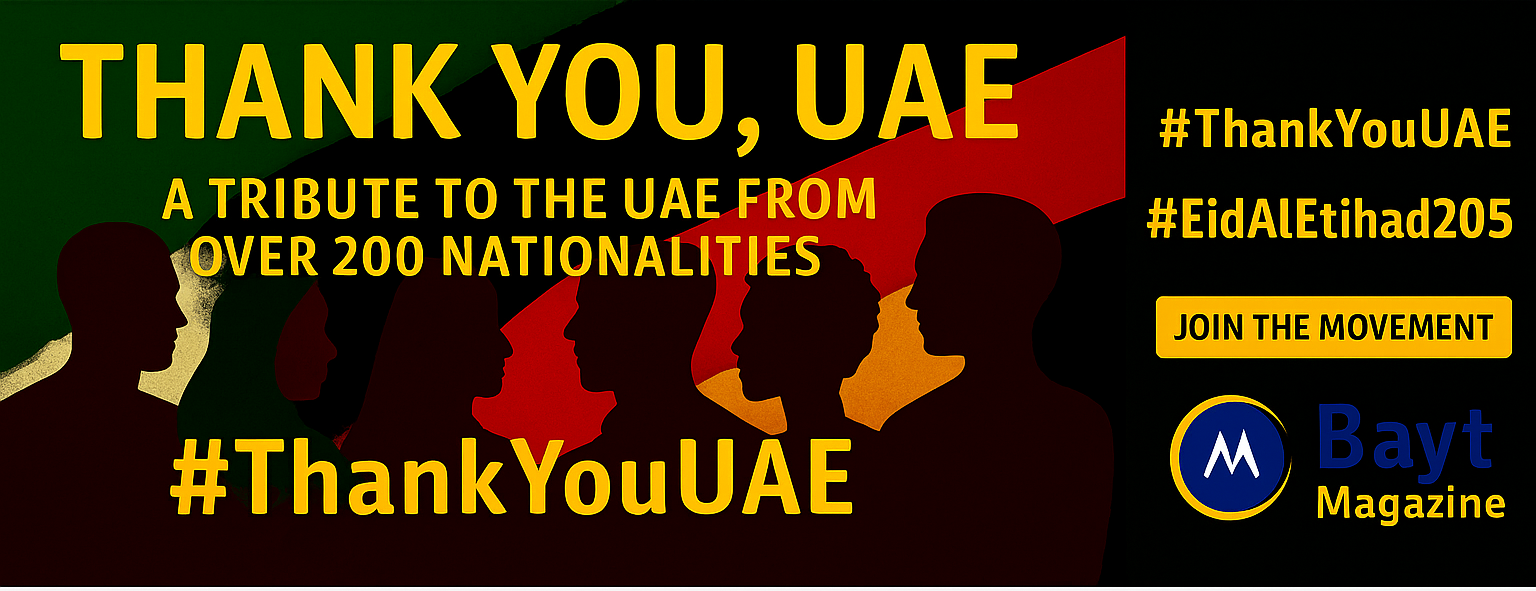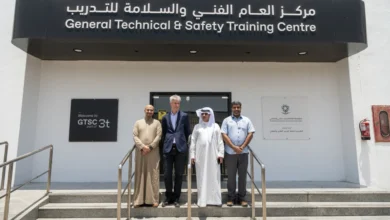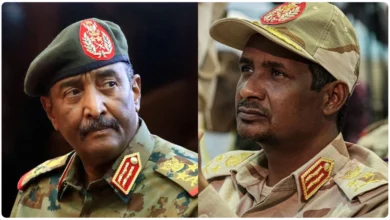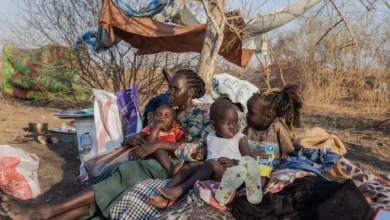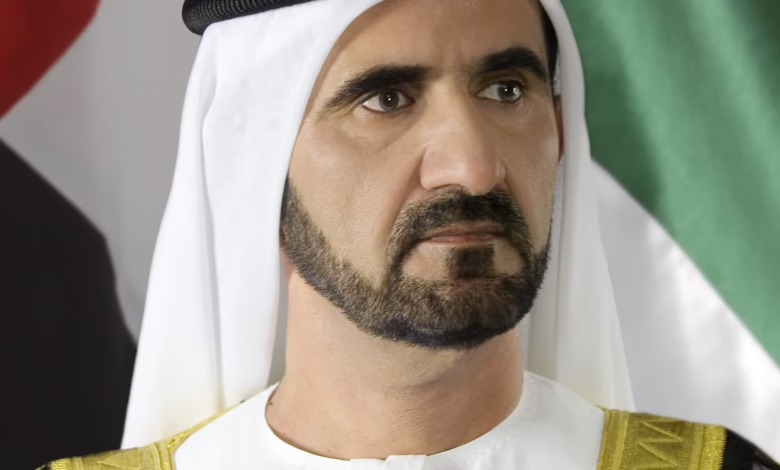
Massive Aid Shipment: Dubai Sends 68.4 Tonnes Relief to Gaza
Dubai Humanitarian sent 68.4 metric tons of aid to Gaza through Al Arish, Egypt, which will help more than 600,000 people. His Highness Sheik Mohammed bin Rashid Al Maktoum directed this vital mission to deliver medical supplies worth $1 million. USAID’s Bureau for Humanitarian Assistance supported this humanitarian effort.
The aid package has vital supplies to treat malnutrition, trauma care, surgery, and primary healthcare services. The Boeing 747 aircraft took off on January 15, 2025, to help address the severe medical supply shortages in Gaza. This flight is part of an ongoing airbridge operation that started when the humanitarian emergency began.
Massive Humanitarian Response
International efforts have stepped up the humanitarian response to Gaza’s crisis. The World Health Organization’s logistics hub in Dubai has sent medicines that can help over 1 million people in Gaza. The United Arab Emirates has shown its strong support by sending more than 32,000 tons of urgent humanitarian supplies through 260 flights, 49 airdrops, and 1,243 trucks.
Aid workers put their lives at risk to deliver help. Attacks on aid warehouses and vehicles have killed at least 13 Palestinians, even though they used the required humanitarian coordination systems. The World Food Program had to pause staff movements after convoy attacks. Three other organizations also pushed back their planned aid operations because of safety issues.
The aid system faces several major challenges:
- Israeli authorities rejected all but one of 22 UN-planned humanitarian movements
- Roads in Gaza are mostly destroyed or damaged – about 92% of main routes
- Aid storage facilities lack proper temperature control and ways to keep pests out
- Security risks and movement limits make it hard to distribute aid
People displaced throughout Gaza still don’t have enough food, water, and sanitation facilities. More than two-thirds of them had to move at least once in 60 days. The World Food Program has enough food to feed one million people for three weeks, but ongoing security issues make distribution difficult.
Critical Medical Supplies Overview
Critical medical supplies sent to Gaza provide ground resources needed for detailed healthcare delivery. The shipment has vital supplies to treat malnutrition, handle trauma care, perform surgical procedures, and deliver primary healthcare services.
Gaza’s healthcare system struggles severely today. More than two-thirds of its 36 hospitals have shut down. Over 70% of primary healthcare facilities cannot function anymore. The medical supply shipment contains:
- Trauma medicines that can treat 1,200 patients
- 235 portable trauma bags to stabilize emergency cases
- Basic medicines for 300,000 people lasting three months
- Surgical tools and equipment to help 1,000 people
The World Health Organization’s logistics hub in Dubai has helped over 100 million people with humanitarian health supplies. The situation in northern Gaza remains dire. Al-Ahli Hospital now handles over 200 patients despite having resources for only 40.
The UAE donated a flight carrying medical supplies worth AED 3.67 million. This support is a vital lifeline to maintaining health services during severe shortages. These supplies will provide life-saving help to more than 600,000 people. Only 38% of primary health centers can work fully or partially now. This shows how urgently Gaza needs continued medical aid.
Distribution and Implementation
Aid distribution to Gaza flows through several strategic routes. The main distribution channels are:
- Egypt corridor via Al Arish
- Jordan corridor through direct convoys
- Cyprus maritime route for supplementary delivery
- West Bank and Israel routes for additional support
The UN mechanism has processed 229 humanitarian aid shipments successfully. Out of these, 175 received approval, and 101 reached their destination. This system helped move 20,000 metric tons of humanitarian supplies.
Digital tools now make deliveries quicker and more reliable. UNICEF’s cash transfer program has helped 546,000 people, with 285,000 children. Each family receives USD 200 monthly. Families with pregnant women get an extra USD 100, while those with disabled children receive USD 66.
Access limits still affect aid operations heavily. Recent data from November 1-11 shows that among 195 planned movements, authorities denied 31%, approved 42%, and delayed 16%. The UN Office for Project Services has sent 14 international monitors to check humanitarian shipments and track their path from start to finish.
The system faces major hurdles as Israeli authorities denied about 43% of humanitarian movements in October. The UN mechanism uses a complete database of humanitarian aid shipments that offers immediate tracking and monitoring.
Dubai’s humanitarian mission proves how international relief efforts can work together to help over 600,000 people in Gaza. The complete aid package of $1 million helps solve severe medical shortages. It provides essential supplies for malnutrition treatment, trauma care, and primary healthcare services. The UAE has also delivered 32,000 tons of humanitarian supplies through different transportation routes.
Damaged infrastructure and security risks create major challenges. Yet aid distribution keeps improving through digital solutions and strategic corridors. The UN mechanism has processed 229 humanitarian aid consignments successfully. This shows a strong drive to keep aid flowing. Gaza’s healthcare system faces extreme pressure right now. Two-thirds of its hospitals cannot function properly.
This humanitarian initiative means more than immediate help – it brings hope and shows how countries unite during a crisis. Dubai Humanitarian, USAID, and international organizations work together to respond to this emergency. Their joint efforts show how crisis response should work and remind us why global humanitarian support must continue.


